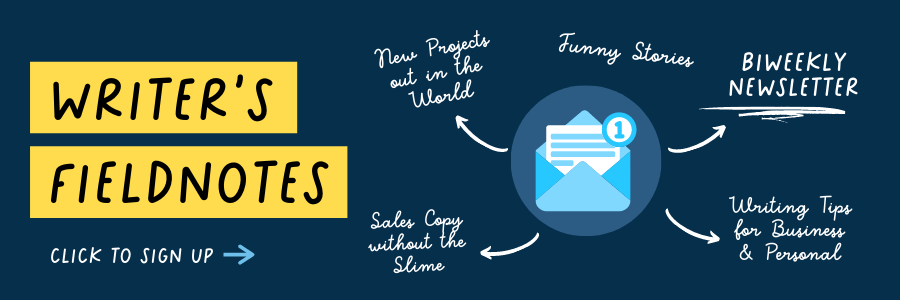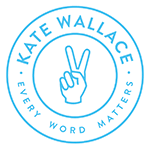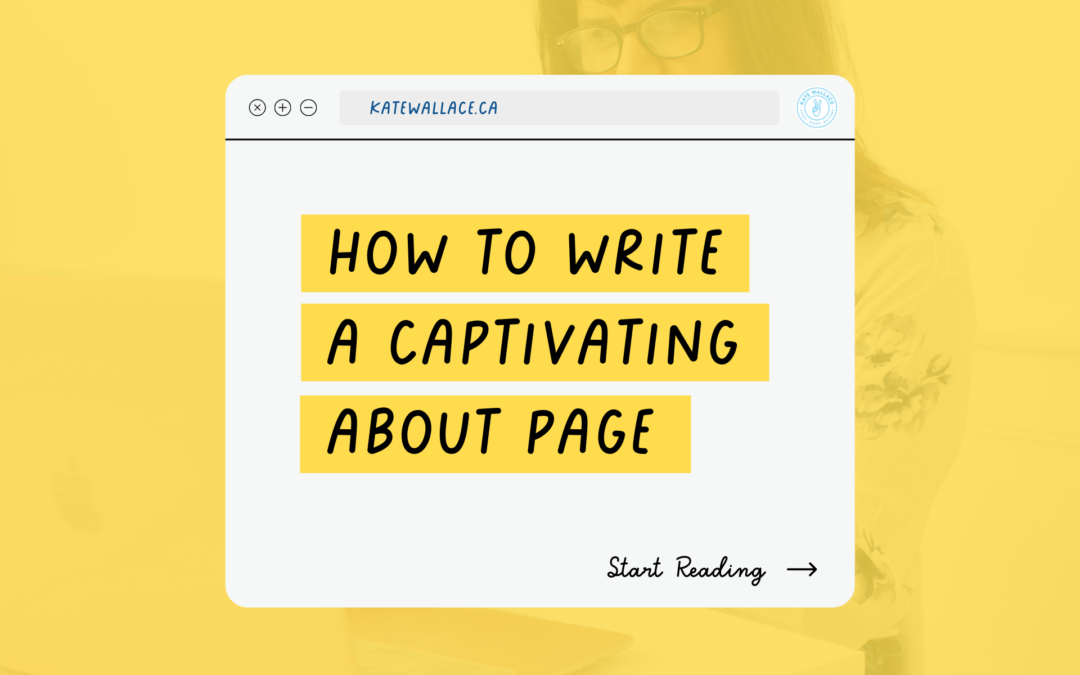Updated: April 2022
After your homepage, your about page is the most important real estate on your website.
The stakes are high, so it can feel impossible to find the right words to convey–often in short order–what you’re all about, especially for those of us running solo or with small teams. In these instances, you are your brand. And that makes it even trickier because you need to share your personality and your professional story to interest potential clients.
Yep, it’s a self-awareness nightmare.
That doesn’t mean you need to hire a copywriter (like me) right away. You just need to understand that it’s not as complicated as you think–and take it one step at a time.
To help, I’ve laid it out so you can sidestep the avoidance and frustration that comes with putting your worth into words.
Where did you come from?
In copywriting, origin stories can do a lot of heavy lifting to convey your value proposition, your company’s unique ‘why.’ If you need a little help getting going on your origin story (or stories in general), download my free guide to 15 Brand Stories You Can Tell Today.

What’s your company’s mission?
Many experts will tell you you need a mission statement, but I often find them forced and abstract. Grandiose, even. I prefer a show-don’t-tell approach. Instead of telling us your mission, show us why it matters and how it shows up in your work. For instance, instead of saying you believe each employee is family, give us details on your culture and benefits.
Either way, take some time and lay it out for your prospective clients and customers. How does your team support your company values and overarching goals? How does your company solve a problem that your prospective customer has? And how do these integral parts of your business affect your consumers?
Set the tone to attract the right clients.
Now that you’ve figured out what to include, it’s time to work on the how. Voice is essential to impactful copy. Your brand’s personality helps attract the right kind of clients and weeds out the wrong ones.
For potential clients, your about page is a sneak peek of what they can expect from you. Make sure you represent who you are through the tone of your copy.
Make it easy to understand.
Cut the corporate-ese and generic business-speak. Ruthlessly edit out marketing cliches. The easiest way to spot bad writing is by reading it aloud. If it’s hard to say, it’s likely either wordy, bland or vague. And if you’re boring yourself, think of how your visitors will feel. The simple solution? Write the way you speak, not as your industry expects you to.
Write for your reader, not yourself.
Your about page isn’t for you; it’s about you.
Remember: this isn’t your memoir or your journal. It’s prime marketing real estate, there to help you convince visitors they can’t live without you. You do this by showing how you make their lives easier or better. You demonstrate your edge, your special sauce. And establish your brand personality.
Break it up. No one likes a wall of text.
Your copy isn’t solo: it’s working in concert with the design elements on the page. Consider how the visuals do some of the work and help guide the reader along. Bullet points, pictures, and infographics can do some work that might bog down your copy.

A note on length.
About pages, like people, come in lots of shapes and sizes. I’m not prescriptive about length. There’s no single proper word count for everyone.
Sometimes, a more extended narrative is required. Others can be dispensed in just a couple hundred words or less. Write it as long or as short as it deserves to convey to clients why you’re the one for them.
Start simple.
Your about page doesn’t need to be complex.
Sometimes even copywriters feel lost in writing projects. Whenever I’m unsure where to start, I go back to my roots and the foundational elements I learned as a reporter.
I first heard about the 5 Ws in elementary school as the building blocks of any story. But too often, we get ahead of ourselves. We want to make epic value statements and craft wow-’em taglines. And then, when we’re overwhelmed by our expectations, we decide to tackle it later. (Sound familiar?)
Start by answering the who, what, when and where of your brand. It’s not sexy, but it’s necessary to build confidence in your story. And sometimes, just getting these practical items on the page gets you in the flow for the big W: why?
And if you find in the end, you need to bring in the big guns, that’s where a copywriter can help. Because sometimes you just need another person to talk about you.



